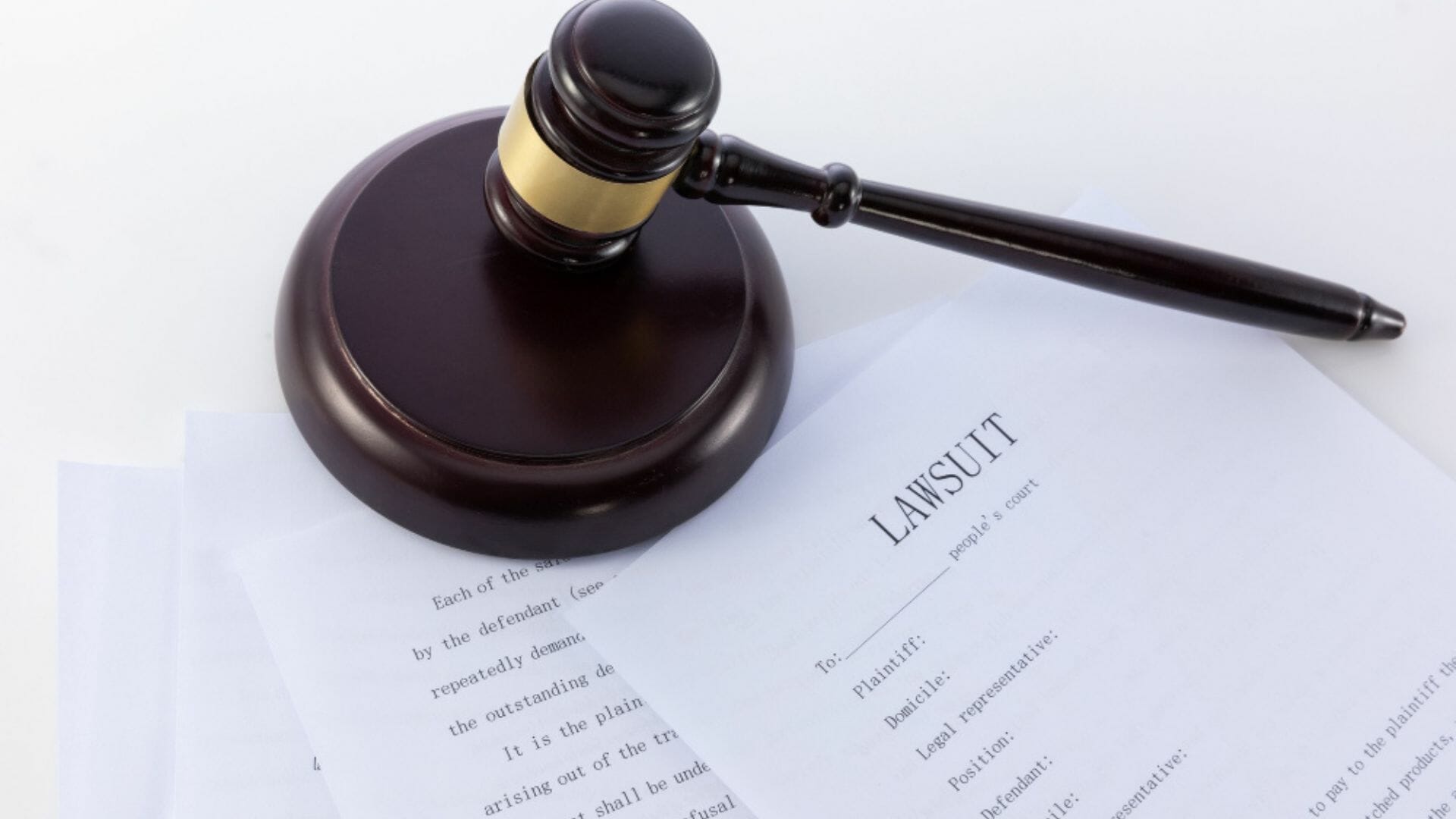It is impossible for the legislature to create perfect traffic laws in one go. For this reason, lawmakers are constantly updating the laws on the books, tweaking them to match reality more accurately. On July 1, a new law went into effect on Virginia roads. It relates to the Move Over law already on the books, which requires motorists to move over or slow down under certain circumstances.
As a motorist on Virginia roadways, understanding this update to the Move Over law is important. It will help prevent you from getting a ticket, facing criminal charges, or incurring liability for a crash.
Virginia’s Move Over Law
In 2002, Virginia adopted its first Move Over law to protect law enforcement and other first responders on the highway. It required motorists to move over into the next lane or slow down if one of these vehicles was on the side of the road and had its lights on.
The law’s passage was in response to horrific accidents that sometimes occur when people pull over on a highway and get out of their vehicles. According to the Insurance Institute for Highway Safety (IIHS), hundreds of people die and thousands suffer injuries every year in stopped-car accidents across the U.S.
According to the American Automobile Association (AAA), nearly 30 people died outside of a disabled vehicle on Virginia roadways between 2016 and 2020.
Since the passage of the law in Virginia in 2002, emergency and law enforcement vehicles have enjoyed more protection from highway motorists. However, many felt that the law did not go far enough.
Protecting Citizens
The original Move Over law has been successful in helping keep emergency workers safer when tending to accidents or other business on Virginia highways.
However, police and other first responders are not the only ones who stop on highways. Ordinary drivers find themselves on the side of the road all the time. Yet, the original Move Over law offered no special protections for them.
In response to this lack of protection for regular motorists, the legislature updated the Move Over law. Now, instead of moving over or slowing down just for emergency vehicles with red, amber, or blue lights, drivers must do the same for regular citizens.
However, they need only do so if the stopped driver is flashing their hazards or has flares out.
Moving Over
Moving over refers to changing to an adjacent lane further away from the stopped vehicle. Drivers approaching disabled or emergency vehicles on the side of the road must execute the lane change only when they can do so safely.
If a driver causes a wreck during a lane change, they can be liable for the accident. Hence, drivers should only attempt to move over into the adjacent lane when it is reasonably safe to do so. If that is not possible, the law requires the driver to reduce their velocity to a safe speed before passing the stopped vehicle.
Safe Speed
The Move Over law does not state a specific speed limit that drivers must obey. Instead, the driver must slow down and maintain a speed safe for the highway conditions.
For example, a driver might safely pass a vehicle parked on the side of the highway at 35 miles per hour in certain driving conditions. But that speed may be far too dangerous in another situation.
Whether a driver changes lanes or just slows down, they should always be cognizant of their velocity. Slowing down is typically a safer course of action, whether the driver is able to change lanes or not.
Penalties
Drivers who fail to move over or slow down for regular passenger vehicles can face fines of up to $250. However, the penalties for failing to move over for an emergency vehicle with flashing lights are much steeper.
Failure to slow down or to move over for a parked emergency vehicle with lights flashing can result in a criminal charge of reckless driving. If you face this charge, you might need the help of a Virginia car accident lawyer, reckless driving is a Class 1 misdemeanor. A conviction could mean up to one year in jail and fines of up to $2,500.
A reckless driving charge also exposes a driver to other penalties. If found guilty of a Move Over law violation, a driver will receive six points on their driver’s license. As a consequence, the driver’s insurance premiums will likely increase for the foreseeable future.
How to Stay Safe When a Breakdown Occurs

Safety in accident situations begins by following the law and all safety and traffic rules at all times. If you are the driver with the disabled vehicle, turn on your hazards and try to park off the road.
Once you have accomplished this, grab flares if you have them and place them at appropriate distances from your vehicle. If you do not have flares, warning triangles can be useful. However, do not attempt to stand in the middle of the road to direct oncoming vehicles.
If you are approaching a signaling vehicle parked on the side of the road, reduce the speed of your vehicle. Then, assess your ability to move into the adjacent lane safely. If it is unreasonable to do so, reduce your speed further as you approach the stopped vehicle.
By law, drivers are only required to move or slow down for vehicles displaying lights or some sort of signal. However, drivers should always consider moving over into the adjacent lane whenever a stopped vehicle is approaching, no matter the situation.
Here are other Virginia laws to know if you are a driver who uses Virginia’s roadways.
Get Help from a Seasoned Virginia Car Accident Lawyer Today
If you are dealing with the fallout from a traffic accident, you need an experienced Virginia car accident lawyer. Call The Joel Bieber Firm today for more information on the Move Over law or any other relevant issue. We offer free consultations and case reviews for new clients.
Interesting Reads:
Should You Move Your Car After an Accident?

